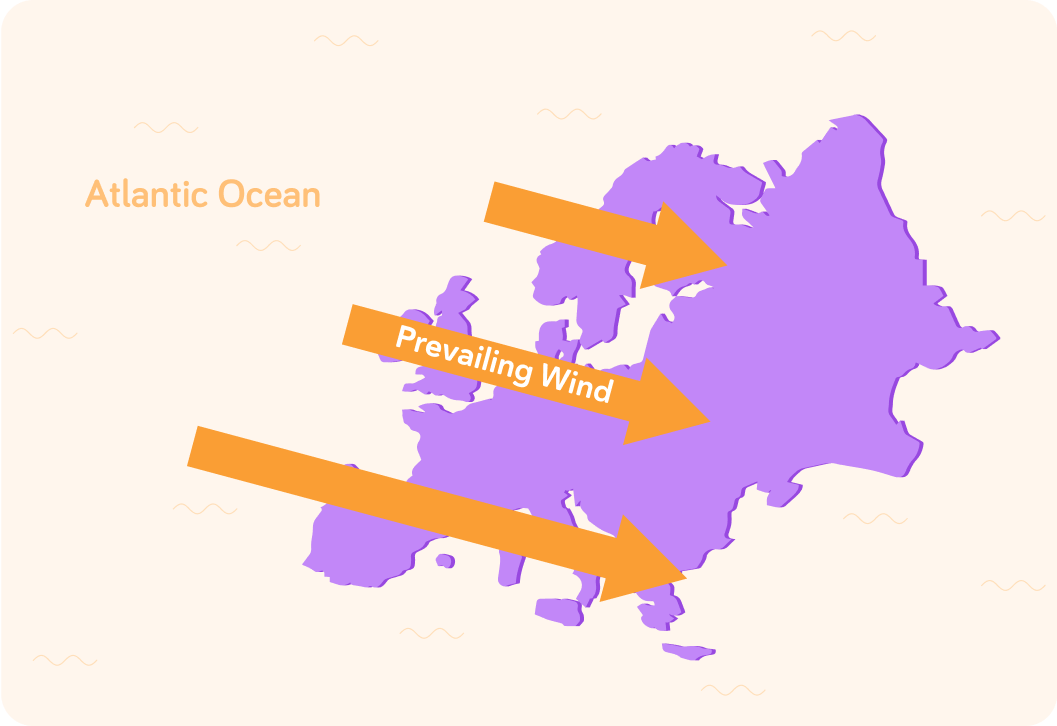YOU ARE LEARNING:
Changing Communities: Abiotic

Changing Communities: Abiotic
The function of organisms in a community is affected by many factors. Factors can be classified into biotic and abiotic factors. This lesson will look at how abiotic factors can influence organism function.
All organisms are dependent on their environment for their survival. The resources they require can be divided into biotic and abiotic factors. Abiotic factors are __________ factors in an ecosystem.

Abiotic factor: Light intensity
Light intensity is a measure of the amount of light (brightness and number of hours per day). Which of these organisms will this affect in an ecosystem?

You can select multiple answers
Producers capture light energy and stores it in their biomass via photosynthesis.
This provides all the initial energy and biomass for an ecosystem. The amount and the intensity of light affects the growth of plants and algae, which in turn affects all the higher trophic levels in the ecosystem.
The more light there is in an ecosystem the more biomass there must be for the rest of the ecosystem. Is this always true?

More and more light does not always equal more and more biomass.
Eventually, some other factor will limit the rate of photosynthesis, like temperature or access to water in the ecosystems.
Abiotic factor: Temperature
The temperature of the physical environment (air, soil and water) can have a major impact on the organisms in an ecosystem.
Temperature can change over the course of a day, the seasons and over longer periods, like climate change.
Which of these options might be affected by the daily changes in temperature?

You can select multiple answers
Seasonal changes in temperature have similar effects on the activities of organism, but the effects can be more extreme. Which of these options are responses to the seasonal changes in temperatures in different ecosystems?

You can select multiple answers
Abiotic factor: Moisture levels
Access to water is vital for all life.
It is needed for photosynthesis and it is the main medium in cells that allows all biochemistry to function.
Which of these environmental factors could affect moisture levels (access to water)?

You can select multiple answers
Even light intensity can affect the water in the soil.
More light means more photosynthesis, which requires more water from the soil. This leads to more competition by the plants for the water.
Salinity in some soils and in seawater can affect the ability of organisms to take in water.
In extreme cases, it would dehydrate any living organisms. That is why the Dead Sea is dead - it is extremely salty!
Abiotic factor: Soil pH and mineral content
The pH of the soil has a significant effect on the plants that can grow in an area.
Most species prefer neutral (pH 7) to slightly alkaline soils (pH 8), but some, like blueberries, prefer acidic soil (pH 6).
What do you think might be the main physical factor that determines the pH of soil in most ecosystems?

So geology is most often the main factor that causes soil to have a certain pH value.
But also the decay of some materials, especially pine needles, can turn the soil more acidic. Acidic soil means that minerals in the soil are harder for plants to take up, and there will be fewer decomposers in the soil to recycle dead material.
What pH do you think holds the highest level of mineral in the soil, which also makes it the most fertile?

Abiotic factor: Wind intensity and direction
The stronger the wind, the faster it can drive transpiration from plants. This is the process that draws water up a plant from the soil and lets it evaporate into the air.

How might high transpiration rates impact an ecosystem?
A) It will dry out the soil. B) It will increase photosynthesis. C) It will produce more rainfall.


Wind intensity changes with the seasons and with the prevailing weather conditions.
For an ecosystem, it doesn't really matter how windy it is on any one day. It is the prevailing long-term, climatic conditions that can have long-term effects.

The diagram shows the prevailing (main) wind direction over Europe. The air picks up moisture as it passes over the Atlantic Ocean. It also get warmer. Which parts of Europe will be subjected to warmer, wetter air and more rain?
A) Western Europe, like Ireland and the UK B) Central Europe, like Austria and Switzerland C) Eastern Europe, like Romania and Ukraine


The wind carries moisture with it, especially if it has crossed the oceans.
When wind crosses the land and rises up over mountains, the moisture falls as rain or condenses as fog or mist.

Apart from water, what else do plants need from the environment to be able to perform photosynthesis?

Abiotic factor: Carbon dioxide CO2
Carbon dioxide only affects animals indirectly.
Animals are only affected if the levels of CO2 affect the plants or algae that form part of their food chain.
What percentage of the air is CO2?

Does the level of CO2 in the air vary significantly from day to day or by geographical location?

In which type of ecosystems could CO2 levels change significantly in a short period of time, days or even hours?

You can select multiple answers
The level of carbon dioxide dissolved in water can be affected by one other abiotic factors, which is often associated with weather and climate. What might that factor be?

As temperature increase, the amount of CO2 dissolved decreases.
In the oceans this has little effect, but in small lakes or ponds the change in temperature can impact the level of carbon dioxide enough to affect the photosynthesis of algae and aquatic plants significantly.
Abiotic factor: Oxygen levels
Which of these ecosystems might be affected by changes in oxygen levels in their environment?

You can select multiple answers
Animals in aquatic ecosystems rely on dissolved oxygen for respiration. If these levels drop too low, the animals will die.
This is actually very rare in nature, but human activities can reduce oxygen in water quite quickly! The most frequent way this happens is when sewage enters a lake or river and the decay causes the oxygen to be removed from the water by the bacteria. This kills the fish and other animals.
In a stable, balanced ecosystem, all of these abiotic factors can change over short periods of time (days, months or the seasons). In these ecosystems, do these changes have long-term effects on the community?

